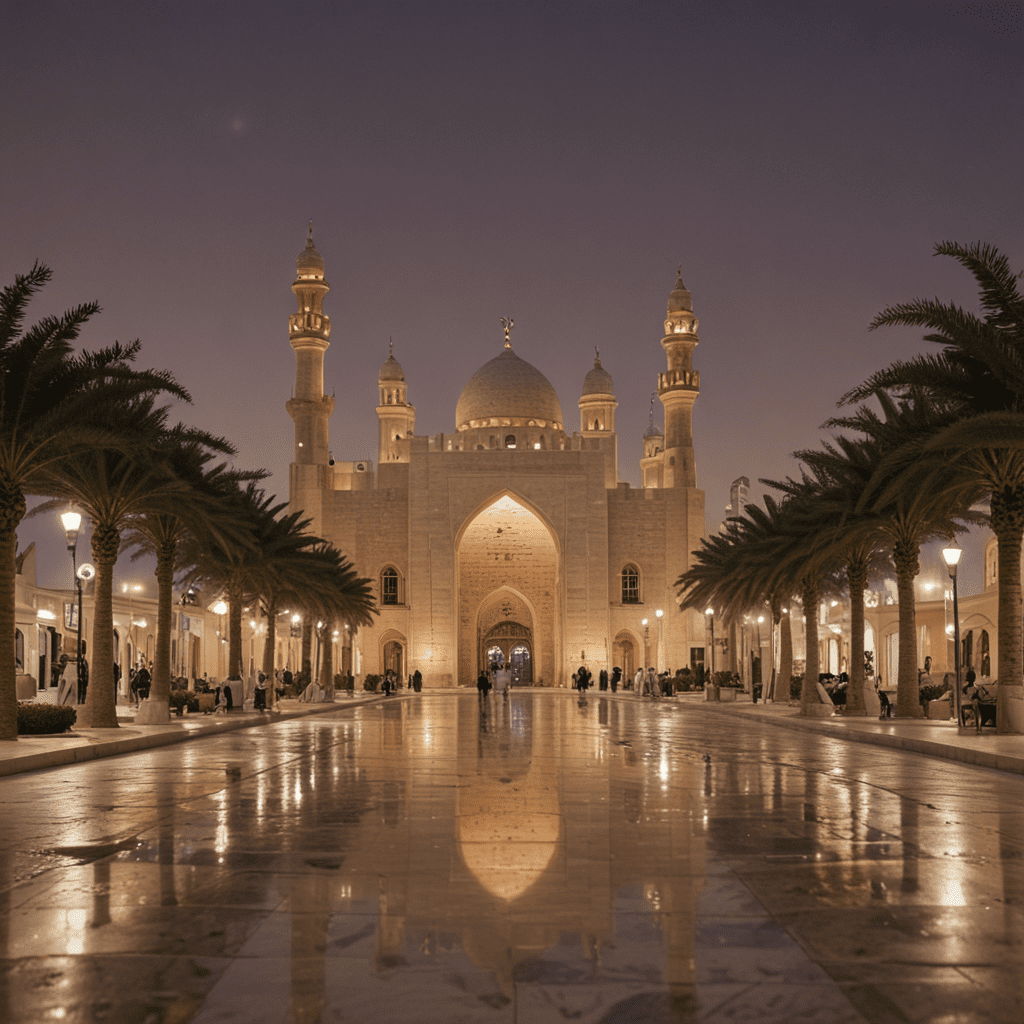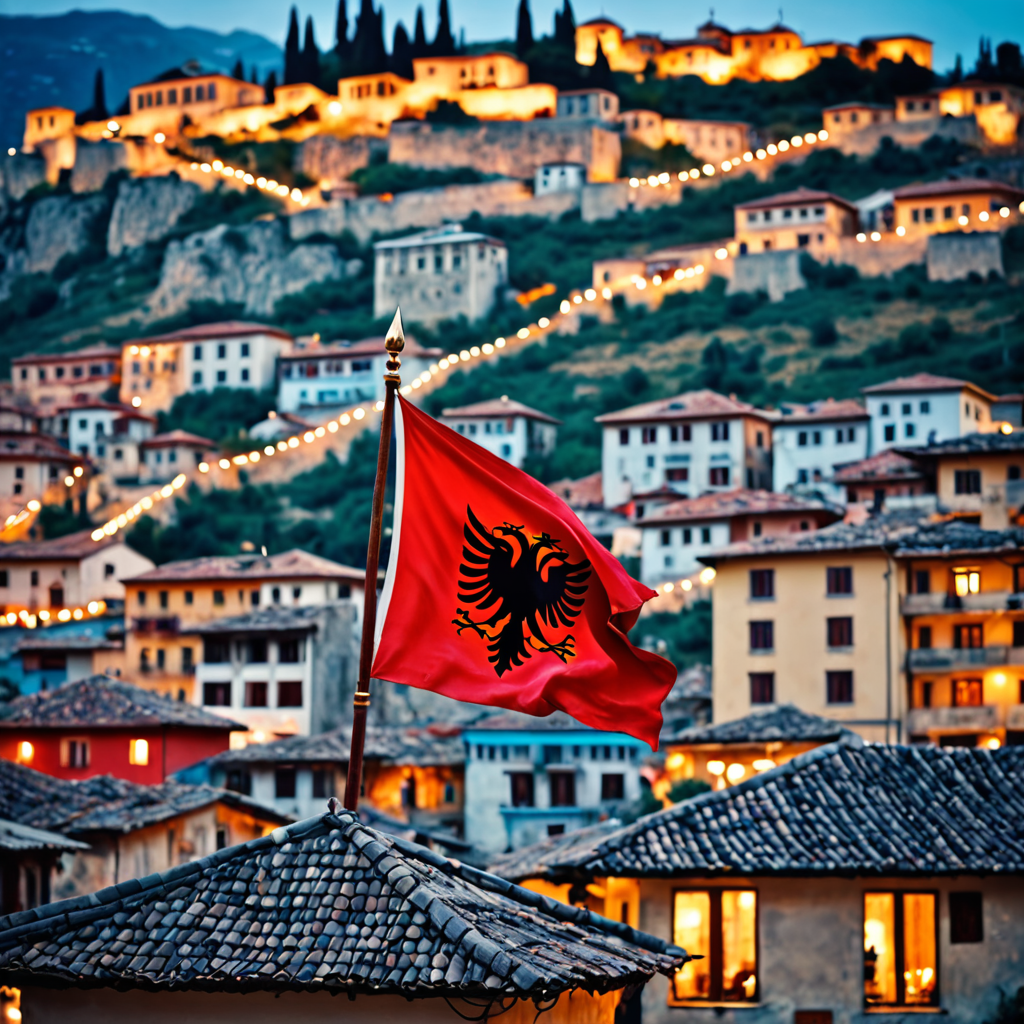Exploring Bahrain's Rich History Through Historical Monuments
Introduction: Bahrain's Historical Significance
Nestled in the heart of the Arabian Gulf, Bahrain boasts a rich tapestry of history that spans millennia. From its ancient Dilmun civilization to its pivotal role in the pearling trade, the island nation has witnessed countless civilizations rise and fall, leaving behind a legacy of historical monuments that tell the story of its vibrant past. This article takes you on a captivating journey through Bahrain's historical heritage, unveiling its most significant landmarks and exploring their cultural and historical significance.
Qalat Al Bahrain: The Ancient Capital and UNESCO World Heritage Site
Qalat Al Bahrain, or Bahrain Fort, is a UNESCO World Heritage Site that stands as a testament to the island's ancient past. Built by the Dilmun civilization in the 3rd millennium BC, the fort served as the capital of the kingdom and a major trading hub. Its imposing walls, towers, and remnants of palaces offer a glimpse into the lives of the Dilmun people, who laid the foundation for Bahrain's rich heritage. Excavations at the site have uncovered artifacts dating back to the Bronze Age, providing valuable insights into the region's early history.
Dilmun Burial Mounds: Tombs of a Lost Civilization
Dotted across the island are numerous Dilmun burial mounds, known as tumuli. These ancient tombs, dating back to the Dilmun civilization, are a testament to the island's funerary practices and beliefs in the afterlife. The mounds vary in size and shape, with some containing multiple chambers and elaborate burial goods. Excavations of these tumuli have shed light on the Dilmun people's social structure, religious rituals, and the significance they placed on death and the afterlife.
Beit Al Qur'an: A Treasure Trove of Islamic Manuscripts
Beit Al Qur'an, or the House of the Quran, is a treasure trove of Islamic manuscripts and artifacts. Located in the heart of Manama, the capital city, the museum houses a vast collection of Quranic manuscripts, some dating back to the 7th century AD. These manuscripts, written in various scripts and adorned with intricate illuminations, are a testament to the island's rich Islamic heritage. The museum also showcases other Islamic artifacts, including ceramics, textiles, and jewelry, providing a glimpse into the cultural and artistic achievements of Bahrain's Islamic period.
Al Fateh Mosque: A Modern Marvel and Symbol of Tolerance
Al Fateh Mosque is Bahrain's largest and most prominent religious landmark. Completed in 1988, the mosque is a symbol of Islamic architecture and a testament to the country's commitment to religious tolerance. Its vast courtyard, adorned with intricate tilework and marble columns, can accommodate up to 7,000 worshippers. The mosque's main dome, measuring 60 meters in diameter, is one of the largest in the world. Al Fateh Mosque is
6. Arad Fort: A Remnant of Portuguese Rule ##
Arad Fort, located on the island of Muharraq, is a testament to Bahrain's diverse history. Built by the Portuguese in the 16th century, the fort served as a strategic outpost during their rule over the island. Its thick walls and towers, made of coral and limestone, have withstood the passage of time. Today, the fort stands as a reminder of Bahrain's rich maritime history and its role as a crossroads of trade and commerce.
7. Muharraq Souq: A Living Heritage Market
Muharraq Souq, nestled in the heart of Muharraq city, is a vibrant and bustling marketplace that offers a glimpse into Bahrain's traditional way of life. The souq, with its narrow alleyways and colorful stalls, has been a hub of commerce for centuries, offering a vast array of goods, from spices and perfumes to handicrafts and textiles. Visitors can immerse themselves in the sights, sounds, and scents of this lively market, experiencing the authentic atmosphere of Bahrain's traditional culture.
8. Tree of Life: A Symbol of Resilience and the Island's History
The Tree of Life, located in the heart of the barren desert of Jebel Dukhan, is a lone Prosopis cineraria tree that has defied all odds and survived for centuries without any apparent source of water. Its resilience and longevity have made it a national symbol and a testament to Bahrain's ability to thrive in even the most challenging conditions. Visitors from around the world flock to see this enigmatic tree, marveling at its ability to sustain life in an otherwise desolate landscape.
9. Bahrain National Museum: A Journey Through Time
The Bahrain National Museum, located in Manama, is a treasure trove of artifacts and exhibits that tell the captivating story of Bahrain's history and culture. The museum houses an extensive collection of Dilmun, Tylos, and Islamic artifacts, including pottery, jewelry, and manuscripts. Through interactive displays and multimedia presentations, visitors can journey through time, exploring Bahrain's ancient civilizations, its role in the pearling trade, and its transformation into a modern nation.
10. Conclusion: Preserving Bahrain's Historical Legacy
Bahrain's historical monuments stand as a testament to the island nation's rich and diverse past, showcasing the cultural and historical influences that have shaped its identity. From the ancient Dilmun civilization to the Islamic period and the modern era, each monument tells a unique story, offering a glimpse into the lives of the people who lived here and the events that shaped their history. The preservation and appreciation of these historical landmarks are essential for understanding Bahrain's heritage and ensuring that its legacy continues to inspire future generations.
Frequently Asked Questions (FAQs)
Q: What is the oldest historical site in Bahrain?
- A: Qalat Al Bahrain, a UNESCO World Heritage Site, is the oldest historical site in Bahrain, dating back to the Dilmun civilization in the 3rd millennium BC.
Q: Where can I learn about Bahrain's Islamic heritage?
- A: Beit Al Qur'an, or the House of the Quran, is a museum in Manama that houses a vast collection of Quranic manuscripts and Islamic artifacts, providing insights into the island's Islamic history and culture.
Q: Which fort is a reminder of Bahrain's Portuguese past?
* A: Arad Fort, located on Muharraq Island, was built by the Portuguese in the 16th century and served as a strategic outpost during their rule over Bahrain.
Q: Where is the Tree of Life located?
- A: The Tree of Life is located in the heart of the barren desert of Jebel Dukhan, a natural phenomenon that has become a national symbol of Bahrain's resilience and ability to thrive in challenging conditions.
Q: What is the best way to explore Bahrain's historical sites?
- A: Bahrain offers guided tours and organized excursions to its historical monuments, allowing visitors to delve deeper into the island's rich history and cultural heritage.

